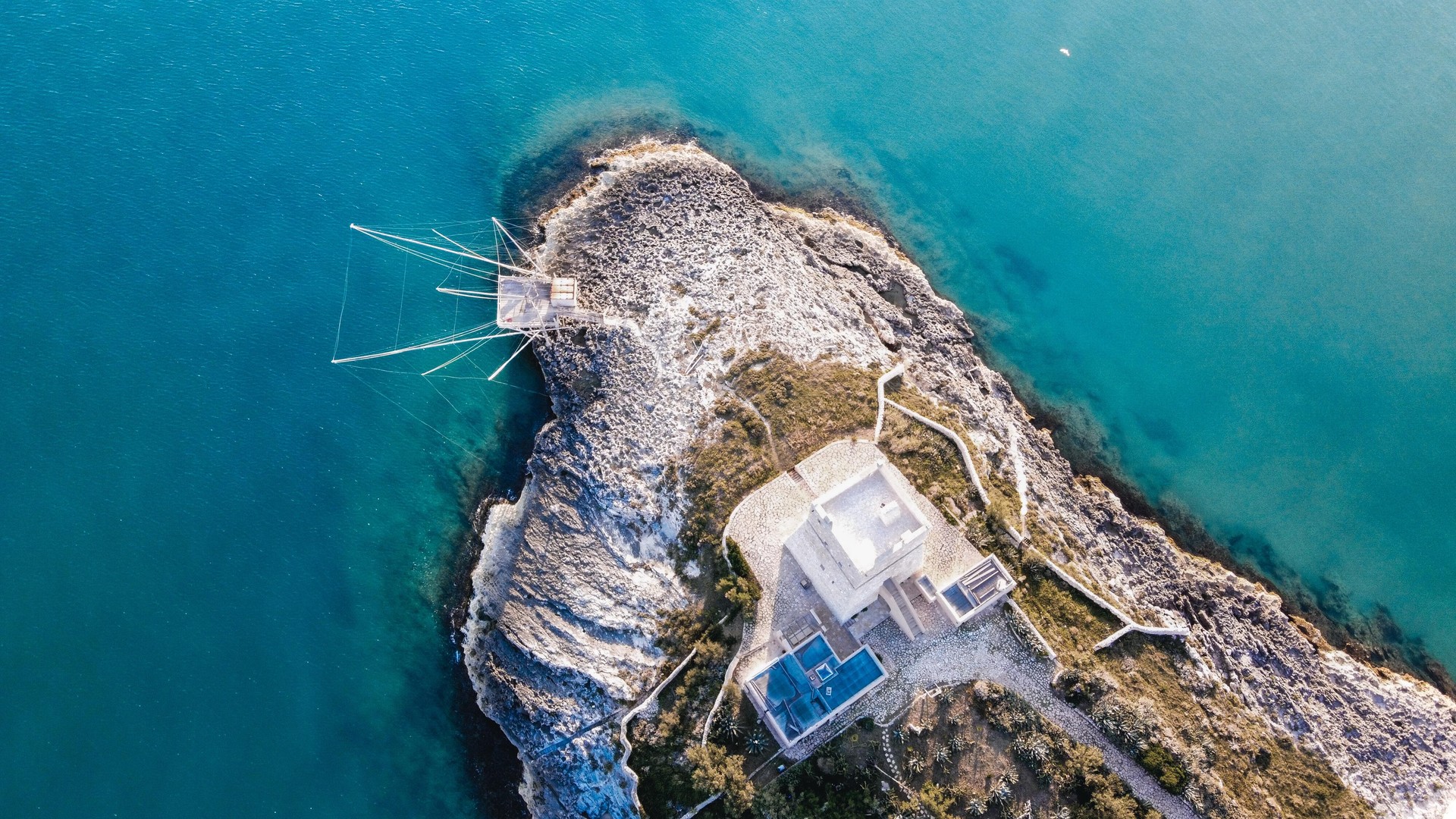Italy is a place of traditions, legends and mythological stories that will guide you to magical places. Today we take you to discover Gargano, a region rich in landscapes, magical views and legends. As well as being geographically beautiful, the region is interesting to visit because of the thousands of stories, handed down from generation to generation, which come to life in the alleys of the towns.
Today we want to tell you the legend of this magical place, the legend of the seven madonne sorelle, do you know it?
The Gargano area
The Gargano is a mountainous promontory in the northernmost part of Apulia. Due to its geographical location, washed on three sides by the Adriatic Sea, it is also called 'the spur of Italy'. Although it retains many of the characteristics of Apulian landscapes, the Gargano area is very different from the Itria Valley and Salento: you will find wooded areas with lush pine forests, mountainous landscapes, forests, a spectacular coastline full of white limestone cliffs, sea caves, long sandy beaches and villages overlooking the sea.
The variety of the landscape is one of the salient features of this territory.
What to visit
The villages of the Gargano retain many of their ancient medieval features, from the agricultural villages in the inland areas to the seaside villages along the coast.
All the villages have a different charm and make this region spectacular. They range from the coastal villages of Vieste, Peschici and Rodi Garganico to the mountain villages of Vico del Gargano, Monte Sant'Angelo and San Giovanni Rotondo.
The seven sister Madonnas of the Gargano
The arrival of the Turks
When pirates were killing and plundering the monks, who stayed at the Tremiti Abbey, they also had a fortress where there were seven Madonne sisters who were spinning to make clothes for Church Mass.
Once, the Turks arrived and set fire to the convent. One of the monks went to the fortress to help the seven Madonne sisters and to his amazement the seven Madonne sisters had covered themselves with a large cloak they had spun and he too was invited to stand under it. The flames destroyed everything but the cloak and what was underneath. The Turks, happy to have destroyed everything, left.
The seven Madonne
The monk took the cloak, put it on the sea water, loaded it with only six sister madonnas, because the eldest wanted to remain in charge of the islands, and headed for the Gargano. There he wanted to divide the six Sisters Madonnas into districts. As he travelled through the woods, valleys and seas, he also took the precious Madonnas with him.
Every now and then he would stop in a district and stay for a few months to lead a hermit's life. When the people knew about it, they would come to him and he would leave one of the Sisters and go to another district until he was tired and retired to a cave without any Madonna, where he would pray and do penance.
He left the six sister madonnas in Rodi (Madonna della Libera), in Vieste (Madonna di Merino), Mattinata (Madonna della Luce), in Manfredonia (Madonna di Siponto), Rignano (Madonna di Cristo) and in San Marco in Lamis (Madonna di Stignano).


